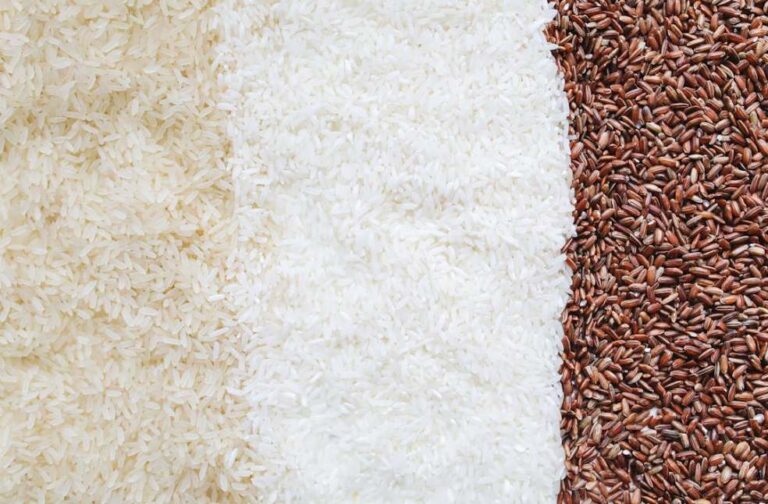Japan: Japan is facing a growing rice crisis as prices for its most beloved staple soar, nearly doubling over the past year and putting severe pressure on household budgets and political leadership alike.
Government data released shows the price of rice surged by 98.4 percent year-on-year in April, following a 92.5 percent rise in March. The cost of a 5 kg (11-pound) bag of the popular Koshihikari brand now stands at around $35, while other varieties are selling for approximately $29.
Efforts to stabilize prices, including emergency releases from government rice reserves, have failed to ease the crisis. During a parliamentary session, Prime Minister Shigeru Ishiba admitted the government is still trying to determine the full extent of rice stockpiles.
Ishiba stated that, “We first will figure out exactly how much rice there is and where it is.” Experts point to a combination of factors driving the surge in prices. Tim Harcourt, chief economist at the University of Technology Sydney, cited panic buying spurred by rumours of a major earthquake, supply chain disruptions linked to the Russia-Ukraine war, and increased demand from Japan’s resurgent tourism and hospitality sectors.

Additionally, an unusually hot summer in 2023 severely damaged rice harvests, tightening domestic supply. As prices climb, some consumers and restaurants are abandoning their traditional preference for locally grown rice in favour of more affordable imports, a rare shift in a country where rice carries deep cultural and emotional significance.
The economic fallout is translating into political consequences. A recent poll shows approval for Ishiba’s cabinet has dropped to 27.4 percent down five points from April. Agricultural Minister Taku Eto was forced to resign after sparking outrage with a tone-deaf remark about never needing to buy rice due to gifts from supporters.
His successor, Shinjiro Koizumi, has pledged to bring rice prices back to around $20 per 5kg. Koizumi remarked that, “We must take this seriously. Rice is not just food, it’s a cornerstone of our daily life and national identity.”
The crisis comes with a broader cost-of-living squeeze. Japan’s core inflation rate jumped to 3.5 percent in April, the fastest in over two years while food prices alone rose 7.0 percent year-on-year, according to Bank of Japan data. Experts say labour shortages and global economic disruptions continue to weigh on Japan’s recovery.
As voters prepare to head to the polls later this year, the rice crisis threatens to reshape the political landscape and redefine the nation’s relationship with its most iconic food.



